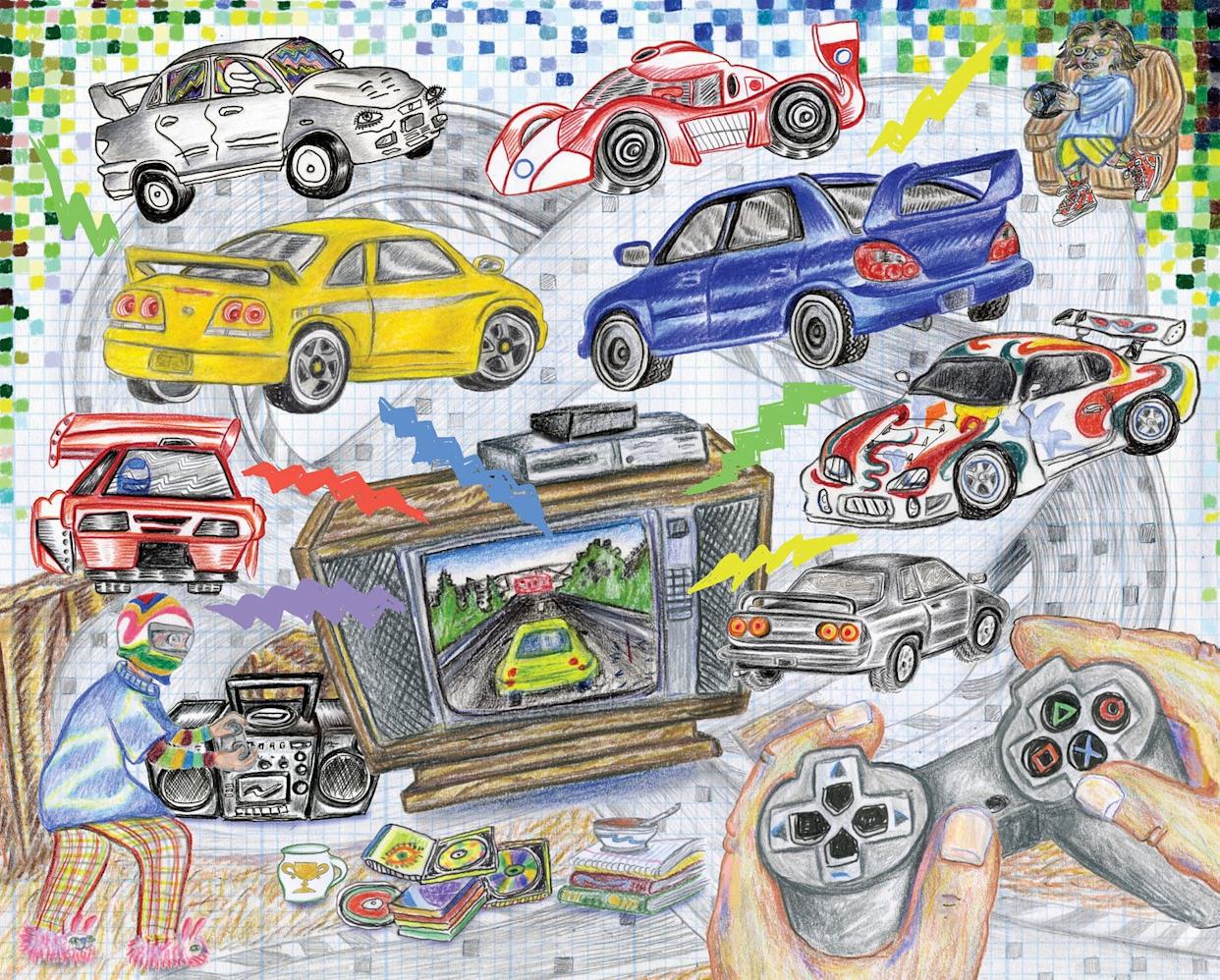
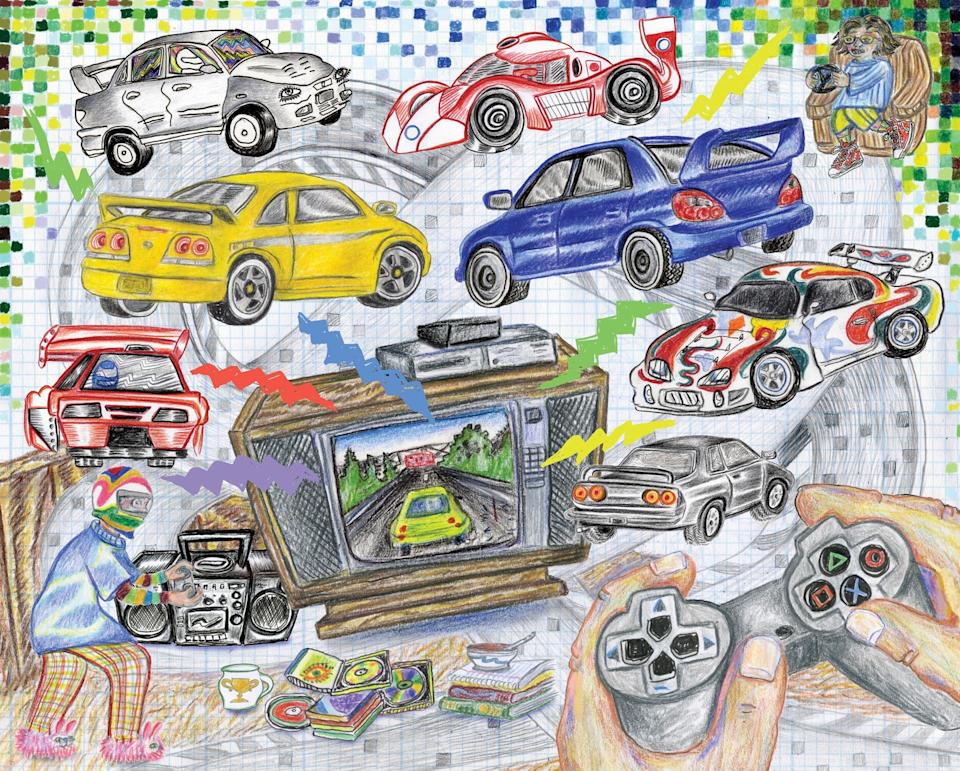
I have some regrets about how I spent my twenties. Playing Gran Turismo is not one of them. Wind the clock back, and I’d still be in my college house, laid out on the floor in front of a hand-me-down console TV. I’d run race after race for so long that my roommate would leave for the evening and come back hours later to find me in the exact same position. He didn’t partake but did understand well enough to give me the courtesy of checking before stepping through my view.
This story originally appeared in Volume 30 of Road & Track.
Back then, no driving game came close to Gran Turismo. The gameplay was vastly more natural, for one thing. Cars behaved like they would in real life, with discernible differences between driveline configuration and engine output. That realism was crucially aided by two little analog sticks on the Sony PlayStation controller that let you dial in gas, brakes, and steering far more smoothly than any buttons. It was the perfect recipe for addiction—just lifelike enough to get the adrenaline pumping, but the lack of crash damage limited the negative consequences (and let you use the computer-controlled opponents as moving bumpers).
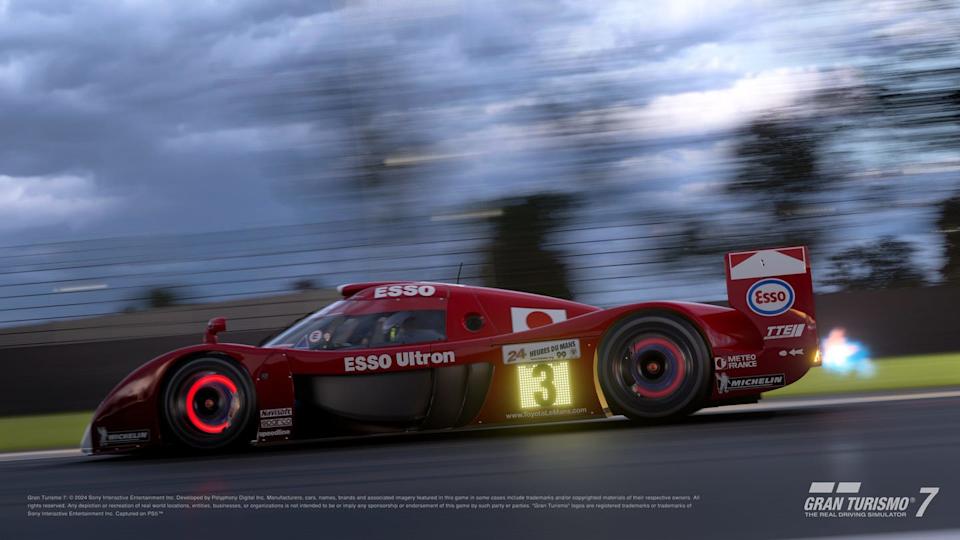
But what really made me trade sleep for Gran Turismo’s virtual laps was the variety. Pre-YouTube, pre-TikTok, before digital media shrank the automotive globe, the video game let me drive stuff I didn’t know existed. Heavily skewed toward Japanese-market performance variants, Gran Turismo radicalized me into a JDM otaku. And with more than 600 available cars, Gran Turismo 2 took variety to a ridiculous level. It had not just the turbocharged Subaru Imprezas that weren’t imported to the U.S., including the legendary 22B STi, but around 30 Impreza versions in all. And so much more, like the TVRs I’d read about in Top Gear and Car. Also, there was a Dodge Stratus.
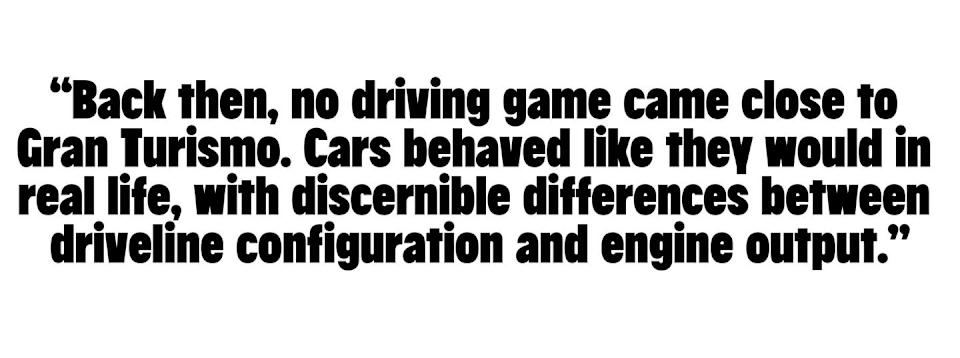
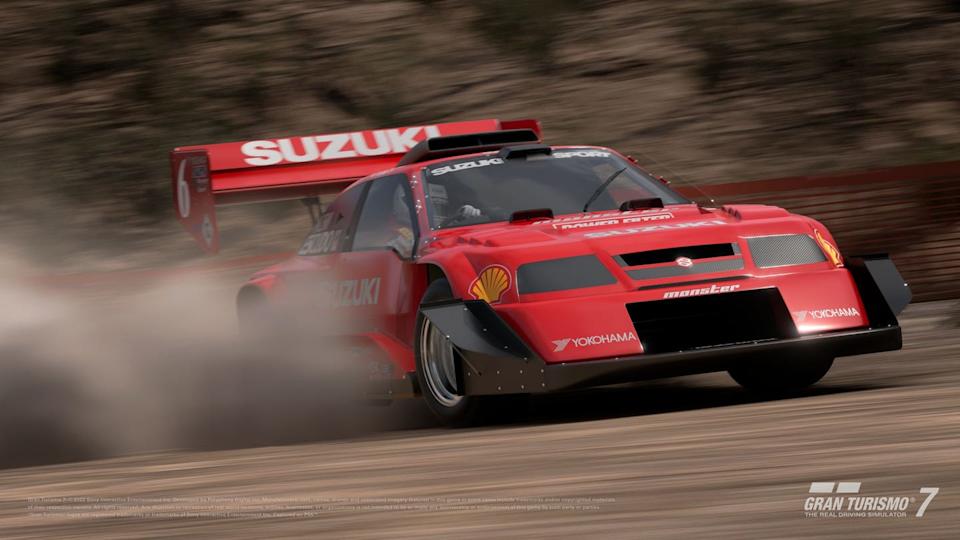
The cornucopia of automotive delights in the Gran Turismo games and the reflexive need to try them all bled over into a curiosity for the weird and esoteric in the physical world. I had already geeked out on car magazines in my teenage years, but Gran Turismo reprogrammed my brain.
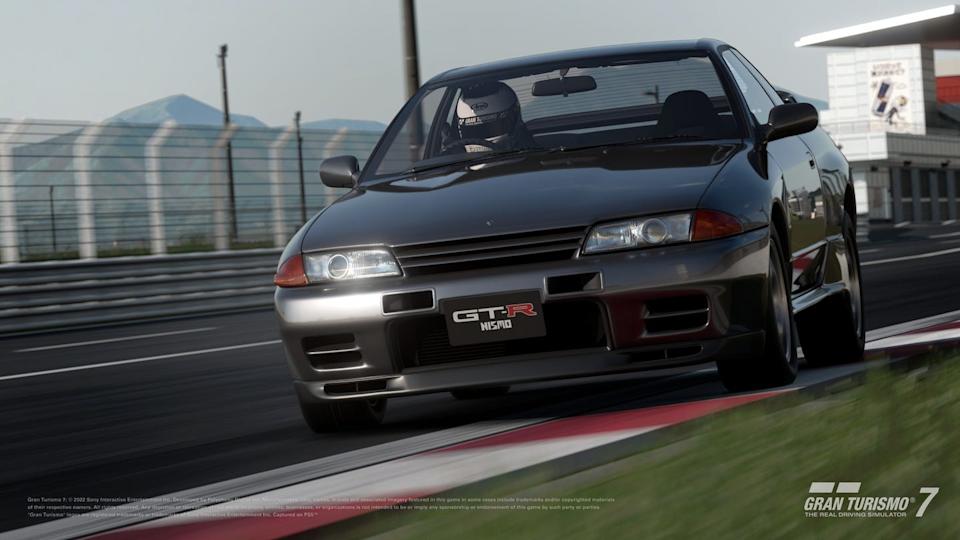
The PlayStation 2 brought a leap forward in graphics and driving accuracy for Gran Turismo 3: A-Spec, but I didn’t get around to matching the franchise’s increasing realism with a wheel-and-pedal setup until later in life. Inevitably, in any version of Gran Turismo played on a handheld controller, you’d choose to race something with four-wheel drive—one of those Imprezas, or a Mitsubishi Lancer Evolution, or any variant of Nissan Skyline GT-R. Because even with those tiny sticks, the hack’s way to victory was all about flooring it out of corners.
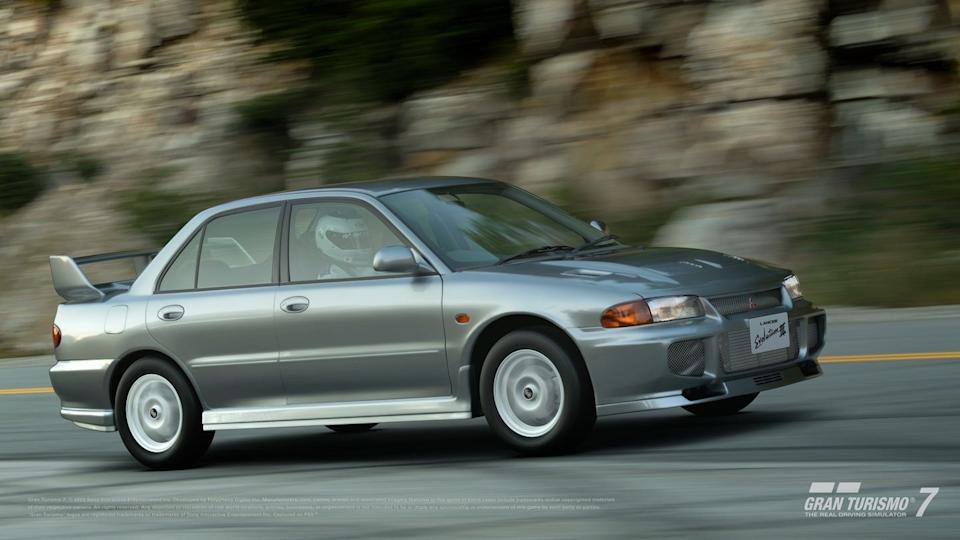
Eventually, I learned that the abrupt inputs that worked in the game made for sloppy driving on real-world tracks. To this day I still overcompensate toward smoothness, sometimes at the expense of outright pace.
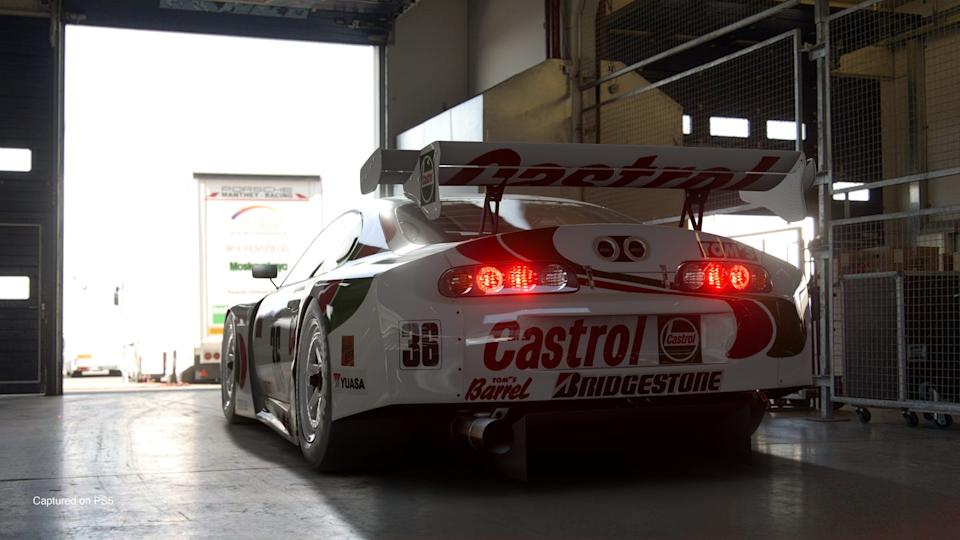
All of my time playing the game finally paid off, by the way, when I took a glorious seventh place in a media competition at the 2018 SEMA Show. Like I said, no regrets.

A car-lover’s community for ultimate access & unrivaled experiences.JOIN NOW Hearst Owned
You Might Also Like




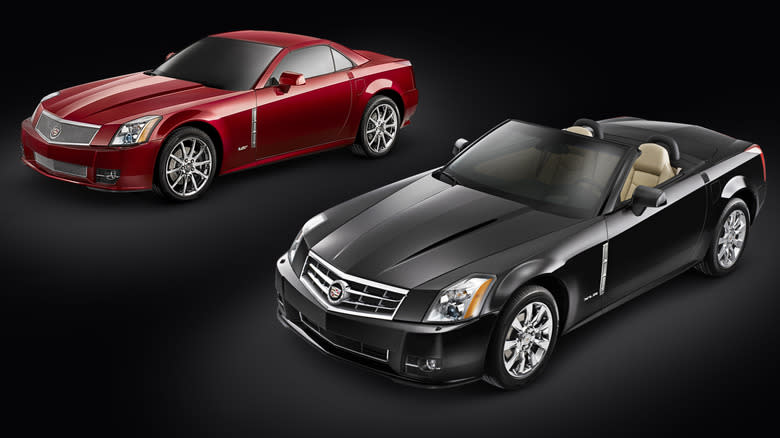



Comments